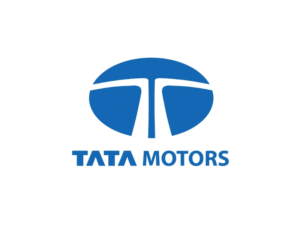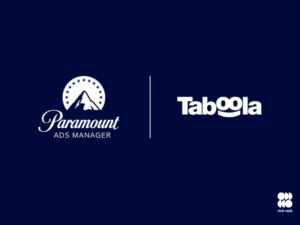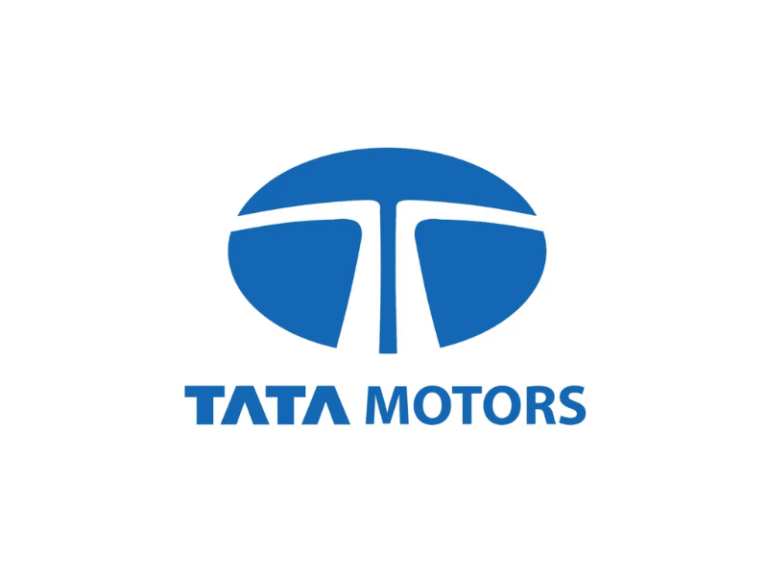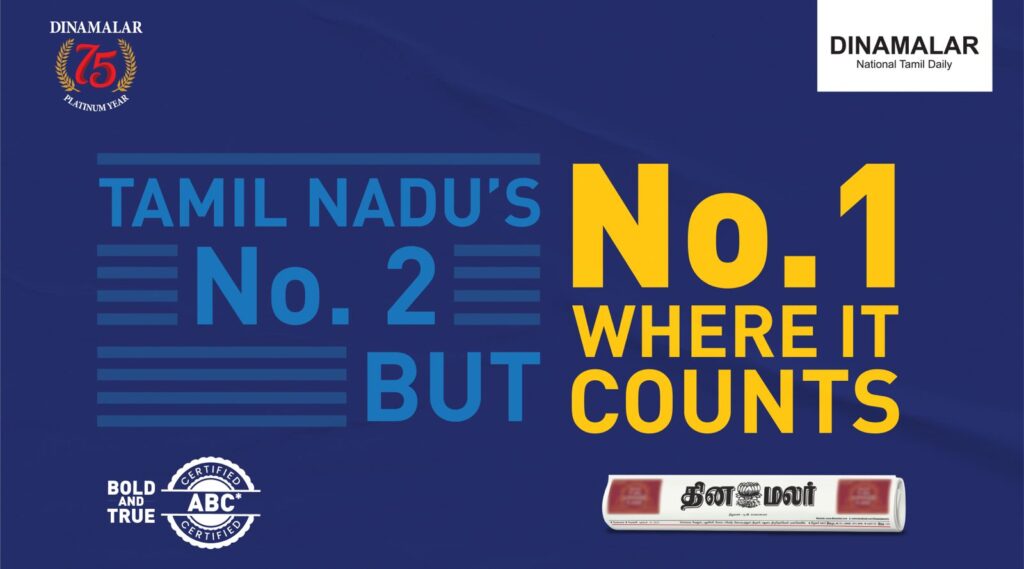A silent revolution is reshaping the internet – and advertisers should be worried. According to a new WARC report, “dark traffic” is set to reach 1.1 billion users globally by 2026. This isn’t just about ad-blockers anymore – it’s about an entire generation of internet users becoming invisible to publishers and brands.
Dark traffic refers to users accessing websites via aggressive ad-blocking tools that do more than just eliminate pop-ups. These tools block trackers, cookies, consent prompts, registration walls, and even subscription paywalls – essentially cutting advertisers and analytics systems off from any meaningful interaction.
Ad tech firm Ad-Shield, which analyzed five billion dark traffic pageviews across its publisher network, reports that 976 million users already fall under this category – accounting for 18% of global web traffic. And with 53% of that traffic now coming from mobile, the challenge is accelerating beyond desktop.
What’s alarming is that most users aren’t even aware they’re blocking ads. WARC’s survey reveals that 57% of users didn’t actively opt in – their ad-blocking status stems from default settings on browsers, employer networks, security software, or VPNs. Only 23% deliberately chose to stop ads, and just 6% did so for privacy.
Even more ironic: 34% of users who now use strict ad-blockers learned about them through – wait for it – advertising.
The implications are massive. As advertisers encounter growing blind spots in campaign reach and measurement, budgets are shifting away from the open web toward walled gardens like Google, Meta, and Amazon. This reduces ad diversity, centralizes power, and puts independent publishers in a chokehold.
For content creators and digital media platforms, this shift threatens far more than ad revenue. Paywalls, pop-ups, and content gates are becoming obsolete in the face of this new breed of blockers. Monetization models that rely on visibility and user engagement are breaking down.
WARC warns that dark traffic is not just a technological issue – it’s a cultural one. Years of intrusive, poorly targeted digital advertising have triggered a user revolt, and now, robust ad-blocking is considered cybersecurity best practice – even endorsed by agencies like the FBI.
The writing on the wall is clear: the era of one-size-fits-all digital advertising is ending. If brands and publishers want to stay visible in an increasingly invisible web, the strategy will need to evolve – fast.













